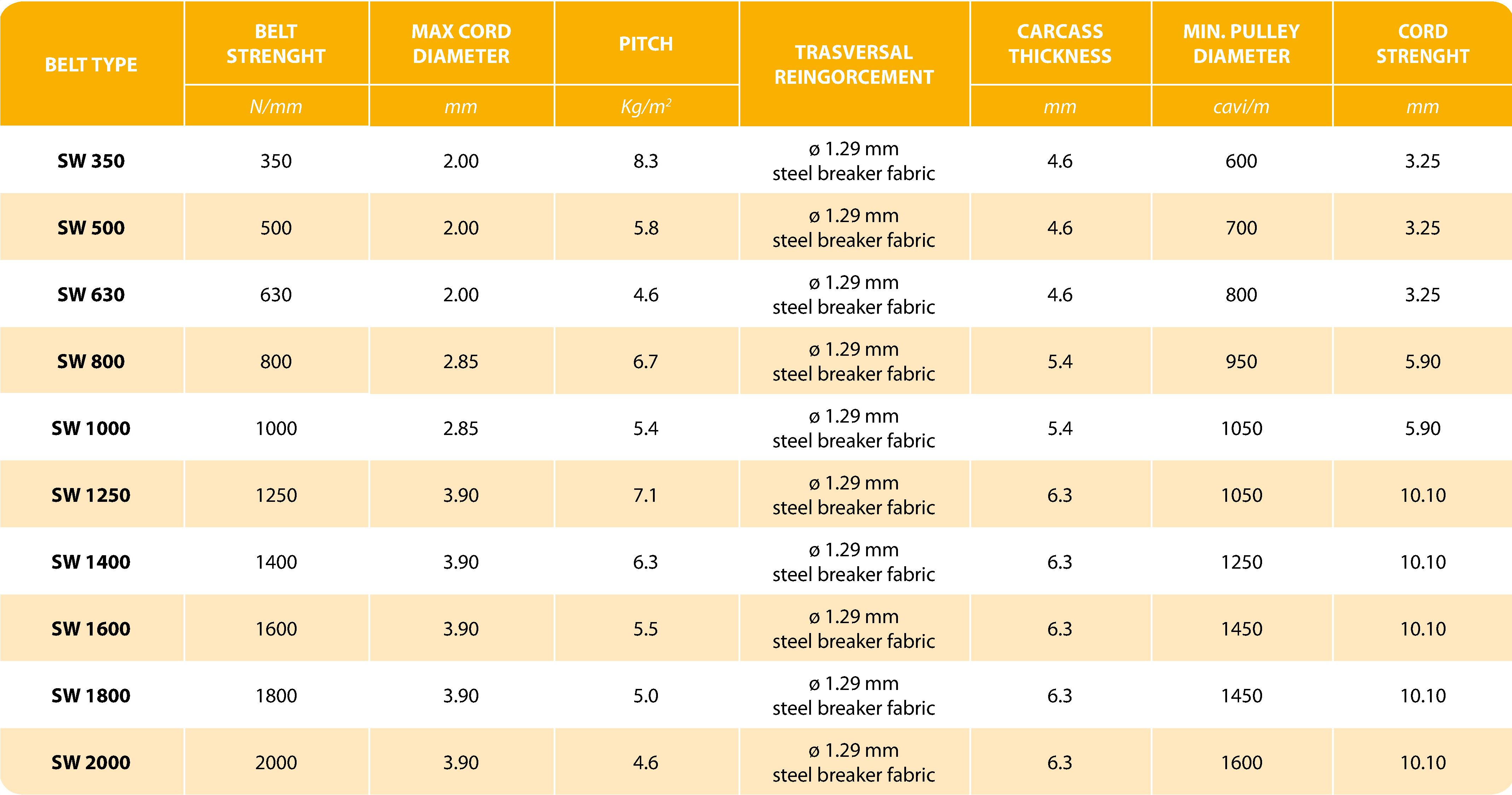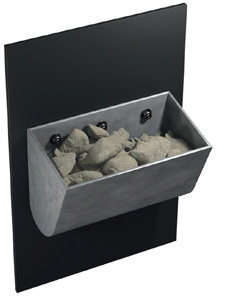 Our belts for bucket elevators are used for vertical conveyance of material and are employed in many sectors. They require little space to overcome even great differences in level, as they develop in height. Given the structure of the conveyor, it is always important to pay attention to the risk of explosions caused by flammable dust.
Our belts for bucket elevators are used for vertical conveyance of material and are employed in many sectors. They require little space to overcome even great differences in level, as they develop in height. Given the structure of the conveyor, it is always important to pay attention to the risk of explosions caused by flammable dust.
This can be solved by installing belts made of special and specifically certified compounds.
Our beltsfor bucket elevators can have textile (FLEXOSIL®) or metal (SIDERSIL®) carcasses.
Standard covers: N, W, Y, HR-150, HR-220, K, GS, MON OR; (see cover table)
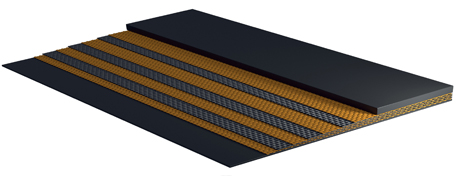
The core is made of synthetic weft and warp fabrics with reinforced weft to better withstand stresses from the buckets, especially during loading and unloading phases. Fibers are appropriately treated for low elongation and high Flexibility. The top and bottom covers, generally having the same thickness, protect the carcass and at the same time embed the heads of the fastening bolts.
FLEXOSIL® belts are produced with cut edges; (see cover table).
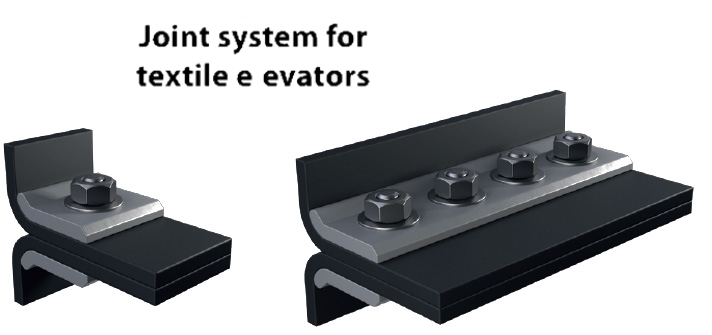
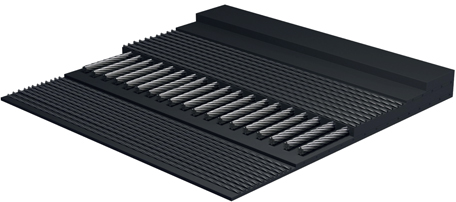 The core is made of a warp of metal cords, separated by rubber cushions from the top and bottom weave, also made of metal cords. Cords are made of twined strains to achieve maximum penetration and consequent bond of the rubber (fundamental especially in the presence of high temperatures).
The core is made of a warp of metal cords, separated by rubber cushions from the top and bottom weave, also made of metal cords. Cords are made of twined strains to achieve maximum penetration and consequent bond of the rubber (fundamental especially in the presence of high temperatures).
ST metal elevators can achieve the highest breaking strengths, up to 4000 N/mm. On specific request SIDERSIL® ST belts can be made without longitudinal cords at the point where they are perforated. SIDERSIL®ST belts are produced with molded edges; (see cover table).
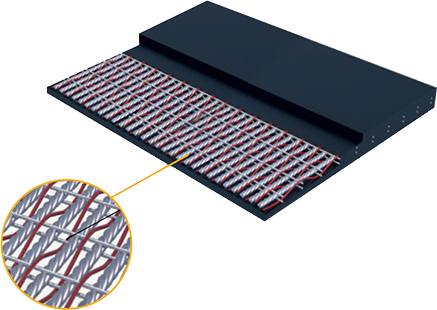 The core is made of an open-structure warp of metal cords which interweaves with the high elasticity weave; as a result these belts feature high tensile strength and low elongation. The weft is made of a double row of rigid offset cords, one above and one below the warp. The main advantage these cords offer is to give the belt the transverse rigidity necessary for optimum conveyor performance as well as to make sure that the screws do not damage the belt or that the bolts do not come out. The maximum breaking strength is 2000 N/mm.
The core is made of an open-structure warp of metal cords which interweaves with the high elasticity weave; as a result these belts feature high tensile strength and low elongation. The weft is made of a double row of rigid offset cords, one above and one below the warp. The main advantage these cords offer is to give the belt the transverse rigidity necessary for optimum conveyor performance as well as to make sure that the screws do not damage the belt or that the bolts do not come out. The maximum breaking strength is 2000 N/mm.
SIDERSIL® SW-RE belts are produced with molded edges; (see cover table).
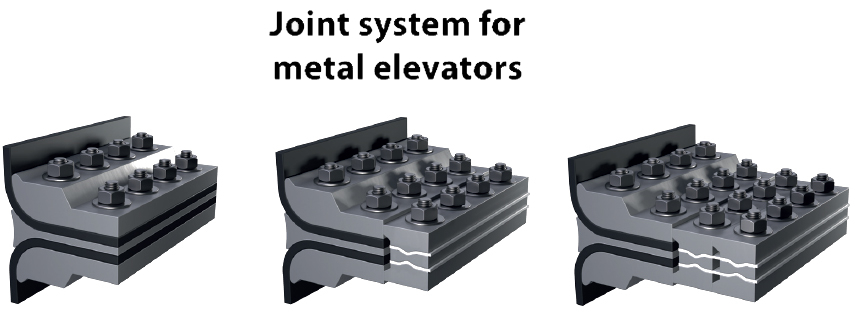
Our belts for bucket elevators are used for vertical conveyance of material and are employed in many sectors. They require little space to overcome even great differences in level, as they develop in height. Given the structure of the conveyor, it is always important to pay attention to the risk of explosions caused by flammable dust.
This can be solved by installing belts made of special and specifically certified compounds.
Our beltsfor bucket elevators can have textile (FLEXOSIL®) or metal (SIDERSIL®) carcasses.
Standard covers: N, W, Y, HR-150, HR-220, K, GS, MON OR; (see cover table)

FLEXOSIL®

The core is made of synthetic weft and warp fabrics with reinforced weft to better withstand stresses from the buckets, especially during loading and unloading phases. Fibers are appropriately treated for low elongation and high Flexibility. The top and bottom covers, generally having the same thickness, protect the carcass and at the same time embed the heads of the fastening bolts.
FLEXOSIL® belts are produced with cut edges (see cover table)


SIDERSIL® ST
 The core is made of a warp of metal cords, separated by rubber cushions from the top and bottom weave, also made of metal cords. Cords are made of twined strains to achieve maximum penetration and consequent bond of the rubber (fundamental especially in the presence of high temperatures).
The core is made of a warp of metal cords, separated by rubber cushions from the top and bottom weave, also made of metal cords. Cords are made of twined strains to achieve maximum penetration and consequent bond of the rubber (fundamental especially in the presence of high temperatures).
ST metal elevators can achieve the highest breaking strengths, up to 4000 N/mm. On specific request SIDERSIL® ST belts can be made without longitudinal cords at the point where they are perforated. SIDERSIL®ST belts are produced with molded edges (see cover table)
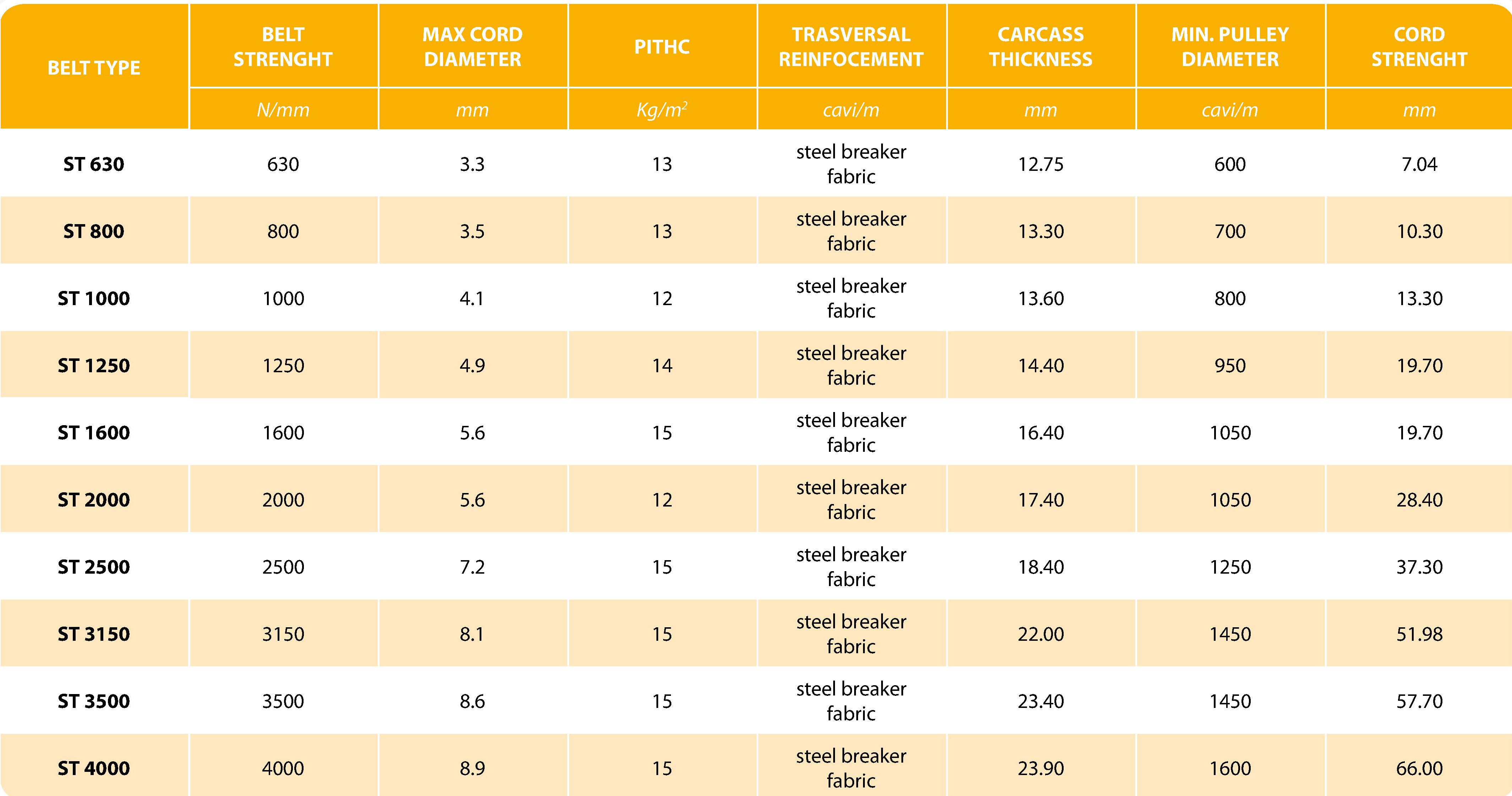
SIDERSIL® SW-RE

The core is made of an open-structure warp of metal cords which interweaves with the high elasticity weave; as a result these belts feature high tensile strength and low elongation. The weft is made of a double row of rigid offset cords, one above and one below the warp. The main advantage these cords offer is to give the belt the transverse rigidity necessary for optimum conveyor performance as well as to make sure that the screws do not damage the belt or that the bolts do not come out. The maximum breaking strength is 2000 N/mm.
SIDERSIL® SW-RE belts are produced with molded edges (see cover table)
